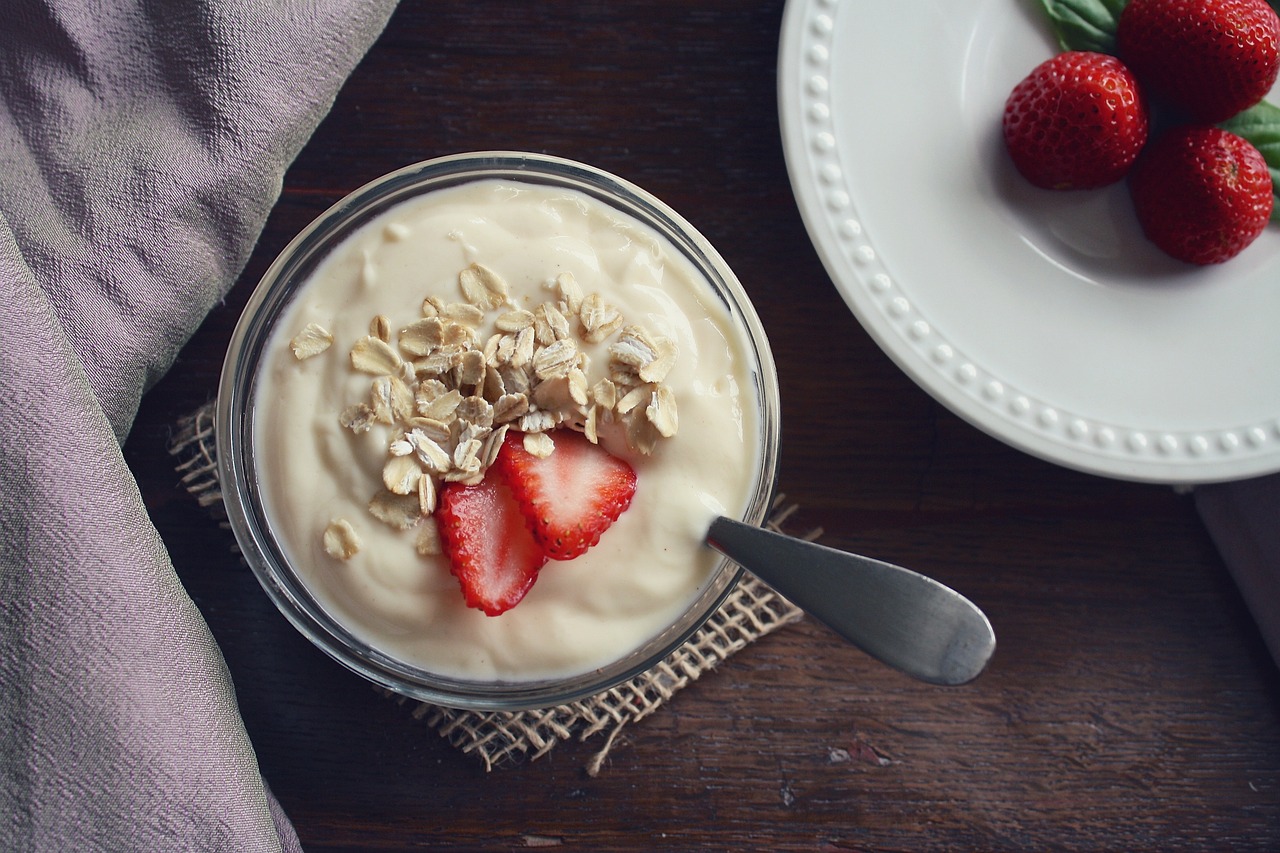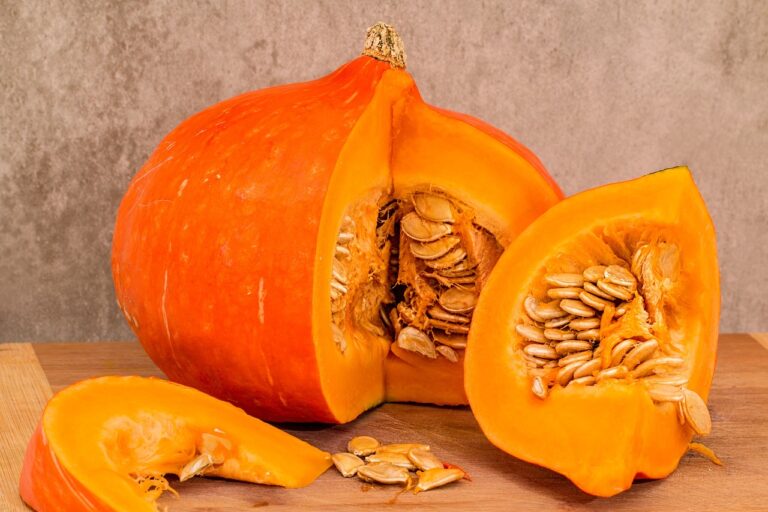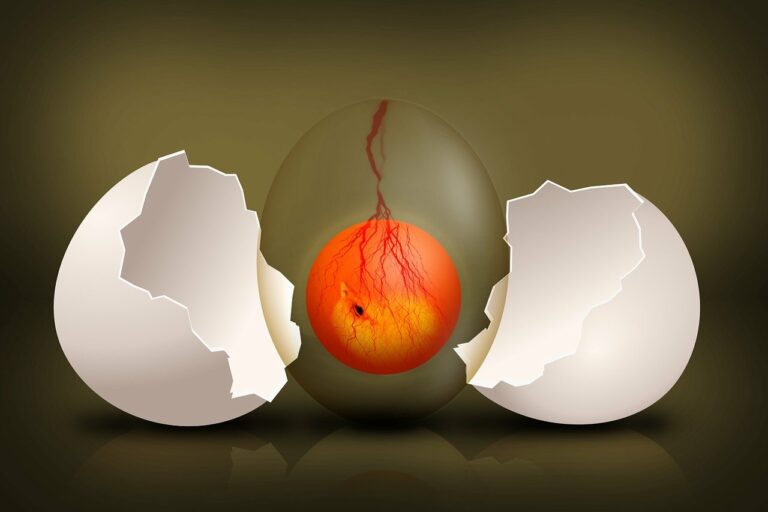The Role of Food Industry in Promoting Sustainable Food Packaging Solutions
One of the major challenges faced in current food packaging practices is the overuse of single-use plastics. This contributes significantly to environmental pollution, especially in our oceans and landfills. The widespread availability and convenience of plastic packaging have led to a culture of disposability, making it a challenge to shift to more sustainable alternatives.
Another issue is the lack of standardized recycling systems for food packaging materials. Different types of packaging require specific recycling processes, and the absence of clear guidelines confuses consumers and hinders effective recycling efforts. This results in a substantial amount of packaging materials ending up in landfills, further exacerbating the environmental impact of current food packaging practices.
Environmental Impact of Conventional Food Packaging
Conventional food packaging practices have significantly contributed to environmental degradation. The use of non-biodegradable materials such as plastic and polystyrene in packaging has led to the accumulation of waste in landfills and oceans. This waste not only litters our natural environment but also poses a threat to wildlife through ingestion and entanglement.
Moreover, the production of conventional food packaging materials involves high energy consumption and greenhouse gas emissions. The extraction, manufacturing, and transportation processes associated with these materials further exacerbate the carbon footprint of the food packaging industry. As a result, the environmental impact of conventional food packaging extends beyond just the disposal phase, making it a complex and multifaceted issue that demands urgent attention and action.
Benefits of Sustainable Food Packaging Solutions
Sustainable food packaging solutions offer numerous advantages for both the environment and consumers. By using materials that are biodegradable or easily recyclable, these packaging options help to reduce waste and minimize the overall carbon footprint of the food industry. Additionally, sustainable packaging can also enhance the shelf life of products, maintaining their quality for longer periods and reducing food spoilage.
Furthermore, opting for sustainable food packaging solutions can positively impact brand reputation and consumer perception. Companies that prioritize eco-friendly packaging are often viewed more favorably by environmentally conscious consumers, leading to increased customer loyalty and sales. In an age where sustainability is a key concern for many individuals, choosing sustainable packaging not only benefits the planet but also the bottom line of businesses.
What are some challenges in current food packaging practices?
Some challenges in current food packaging practices include the use of non-biodegradable materials, excessive use of single-use plastics, and limited recycling options for packaging waste.
What is the environmental impact of conventional food packaging?
Conventional food packaging contributes to pollution, deforestation, and greenhouse gas emissions. The production and disposal of plastic packaging, in particular, contribute to the global plastic pollution crisis.
What are the benefits of sustainable food packaging solutions?
Sustainable food packaging solutions help reduce the environmental impact of packaging by using biodegradable materials, minimizing waste, and promoting recycling. They also support consumer demand for eco-friendly products and demonstrate corporate social responsibility.







